Royal College of Art (RCA) graduate Dani Clode has 3D printed a mechanical third thumb prosthetic which aims to both extend a person’s abilities and challenge the perception of prostheses.
3D printing is becoming increasingly used for fabricating prosthetics and British group Open Bionics are set to launch the world’s first clinical trial of 3D printed bionic hands.
However, Clode cites the term ‘prosthesis’ traditionally means ‘to add’ and instead intends to explore “human augmentation” with an aim to “reframe prosthetics as extensions of the body.”
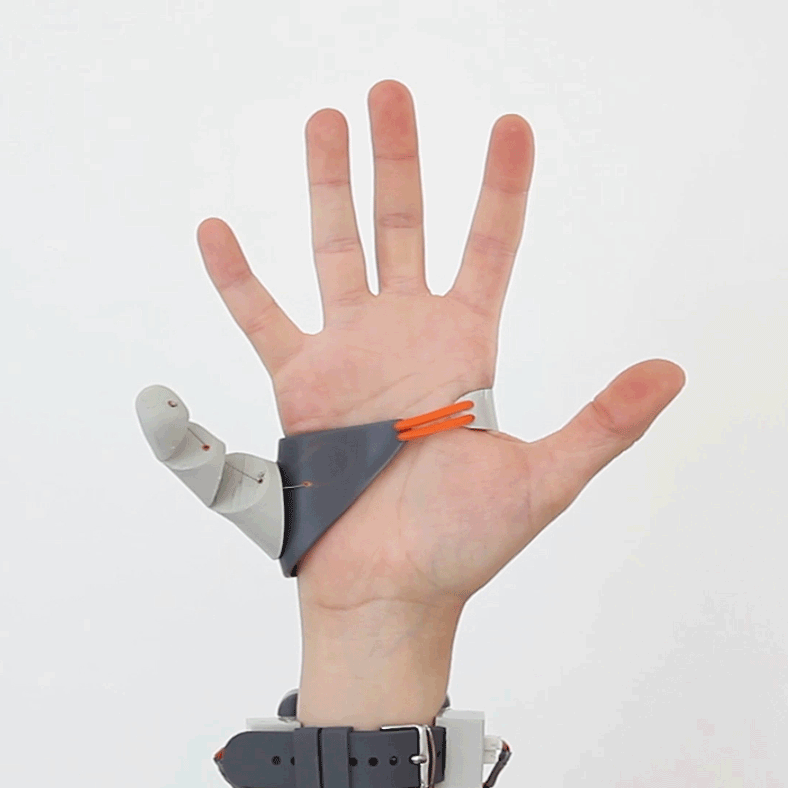
Customizable prosthesis
Speaking to Dani about her design and her future plans for the Third Thumb, she told me about plans to further develop the concept and expand the possible functions and aesthetics. She said,
It is a designed body part, so it would be great if it could be customised in ways to engage with a range of different people, and 3D printing is what would make this possible.
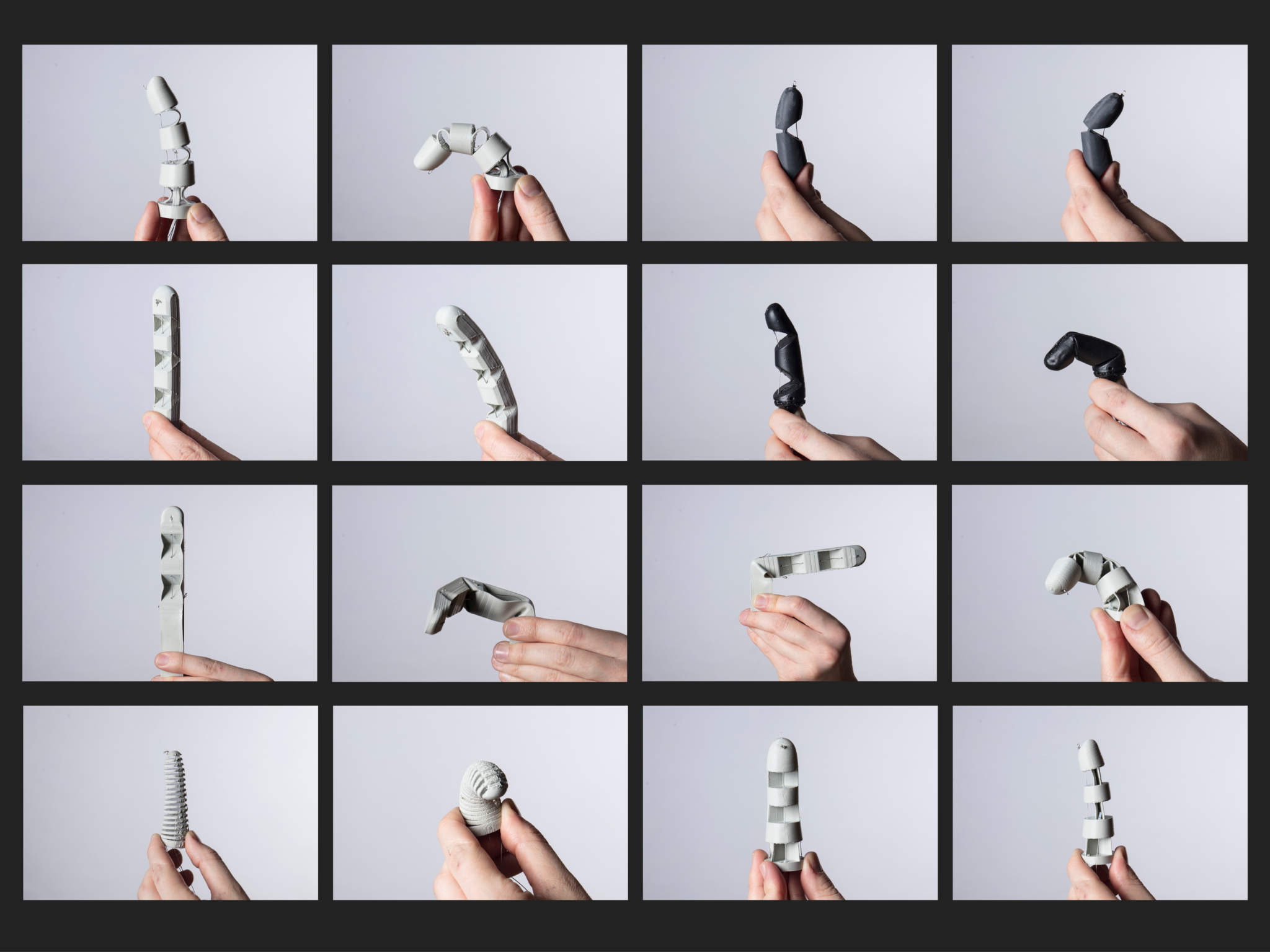
Product design project
The Third Thumb design was created by Dani Clode as part of her Product Design masters at the RCA and envisages the device could be used in a variety of functional ways, or as an aesthetic form of self expression. The Third Thumb design has been awarded the RCA’s Helen Hamlyn Design Award for Creativity.
Fellow product design student Simon Von Pottelbergh has also recently utilized 3D printing to create an innovative 3D modelling interface. His TAC.TILES device both has potential for use in the 3D printing design process and is itself 3D printed.
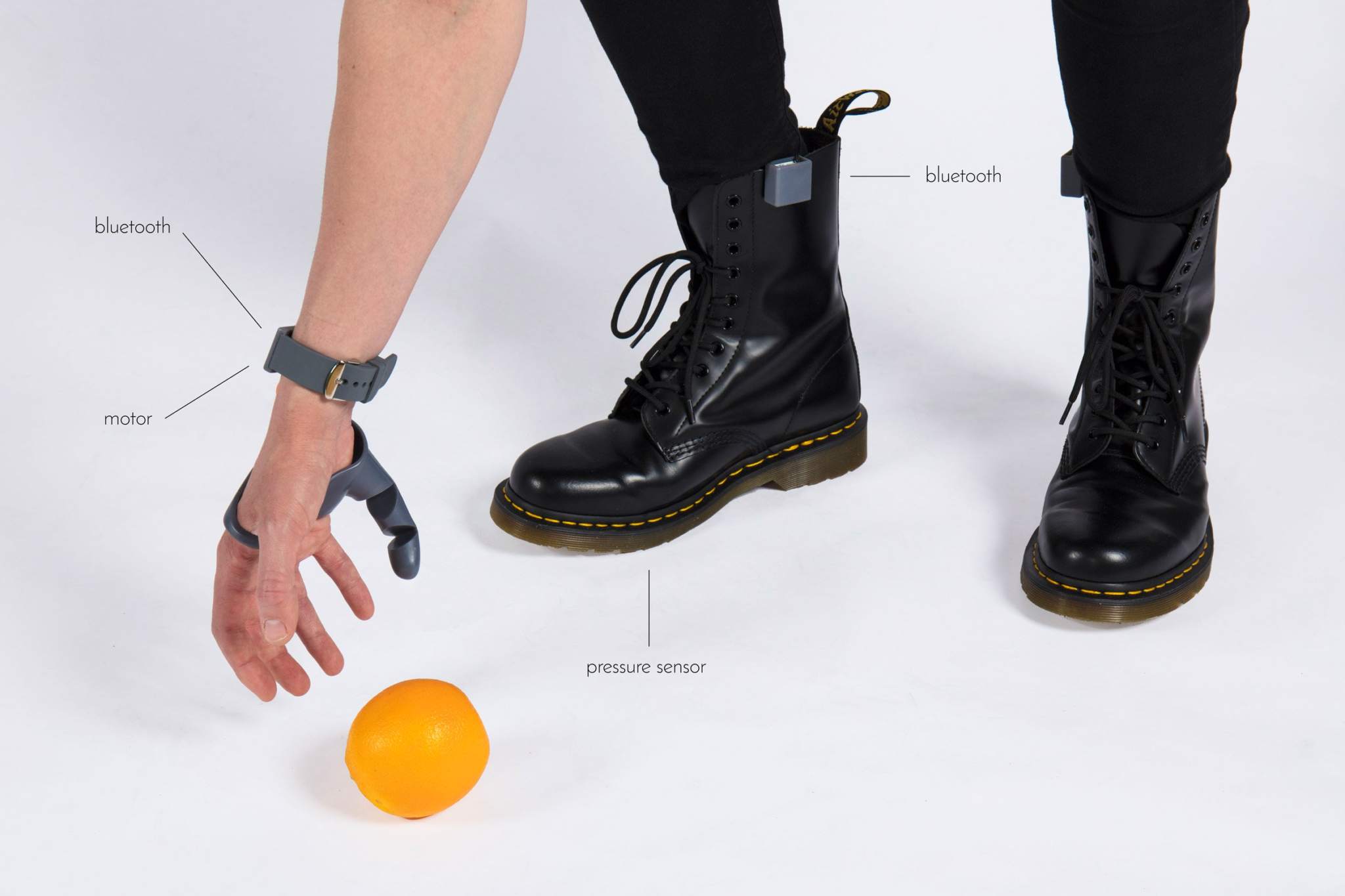
How it works
The wearable uses two motors which pull at an embedded bowden cable within the 3D printed thumb. The motors are controlled by two pressure sensors which are attached to the users’ shoes, underneath the toes, and connected via Bluetooth. Clode explains the device aims to harness the natural cooperation between hands and feet which is also prevalent in car-driving, piano playing and other activities.
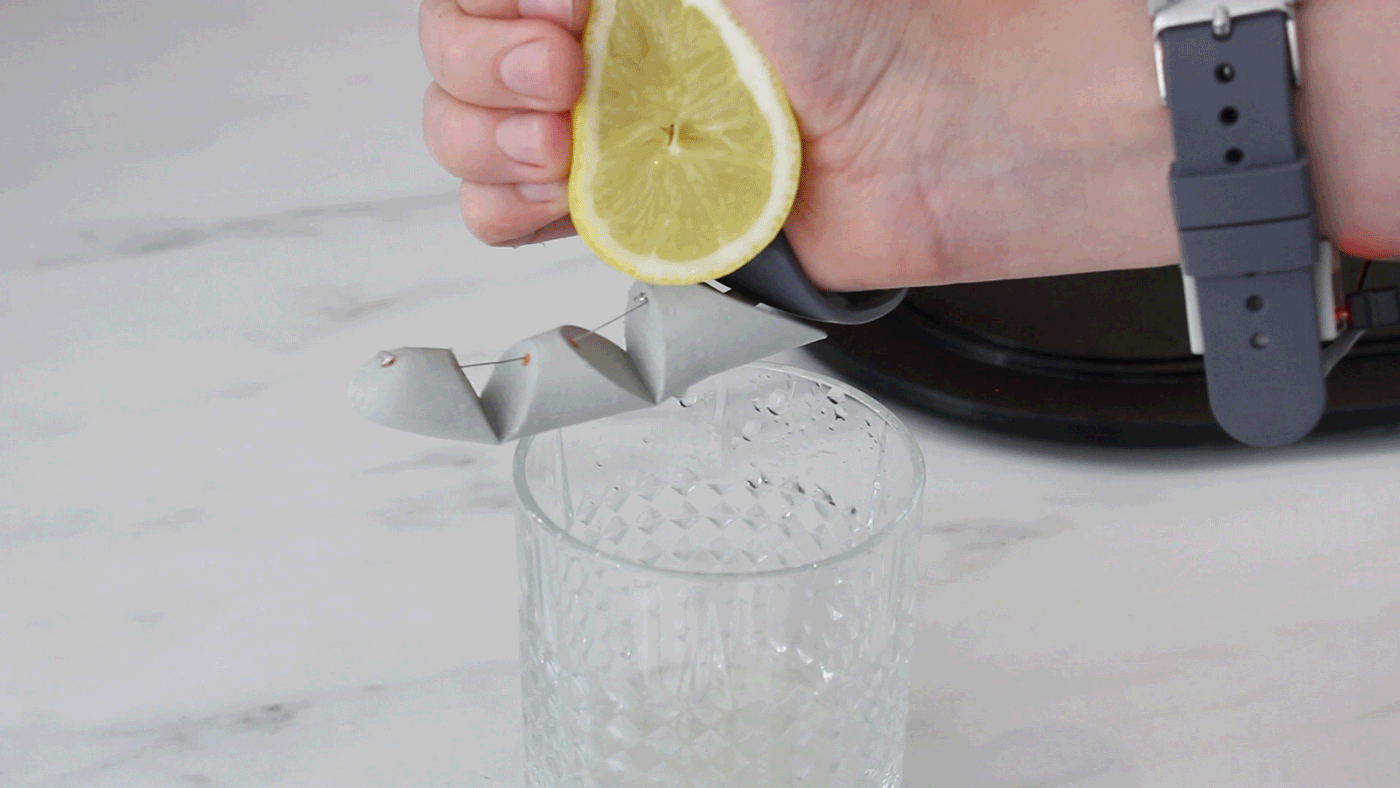
Fabricating the thumb
The Third Thumb was created with three main 3D printed parts, the covers for the hand and for the wrist motors are both 3D printed using a Formlabs SLA printer and its grey resin.
While the functional thumb is 3D printed on an FDM machine using Ninjaflex flexible filament. Dani Clode explains the benefits of 3D printing the device,
3D printing is [the] perfect medium for this project, as it enables quick prototyping, customised designs for various hand sizes and one-off production.
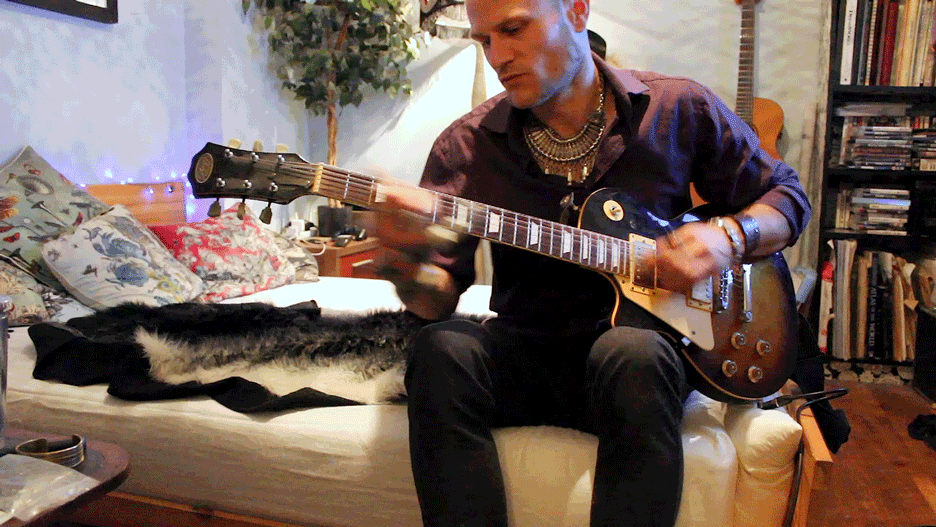
Functions and uses of the Third Thumb
Dani Clode has expectations for the Third Thumb to be used for a number of different tasks adding to our first and second thumbs. Clode showcases how the device could expand the reachable frets for a guitar player or just generally make it easier to play the instrument.
However, Clode also has hopes the wearable device will have a “similar trajectory for prosthetics as glasses or plastic surgery. Creating a shift from medical device to positive body image statement.” She explains,
The value of the Third Thumb is to create a catalyst for society to consider human extension, framed in an approachable, accessible design. It is a tool, an experience, and a form of self-expression. When we start to extend our abilities, and when we reframe prosthetics as extensions, then we start to shift the focus from ‘fixing’ disability, to extending ability.
For all the latest 3D printing news, subscribe to the most widely read newsletter in the 3D printing industry, follow us on twitter and like us on Facebook.
Featured image shows the Third Thumb’s many customizable functions. Image via Dani Clode.



